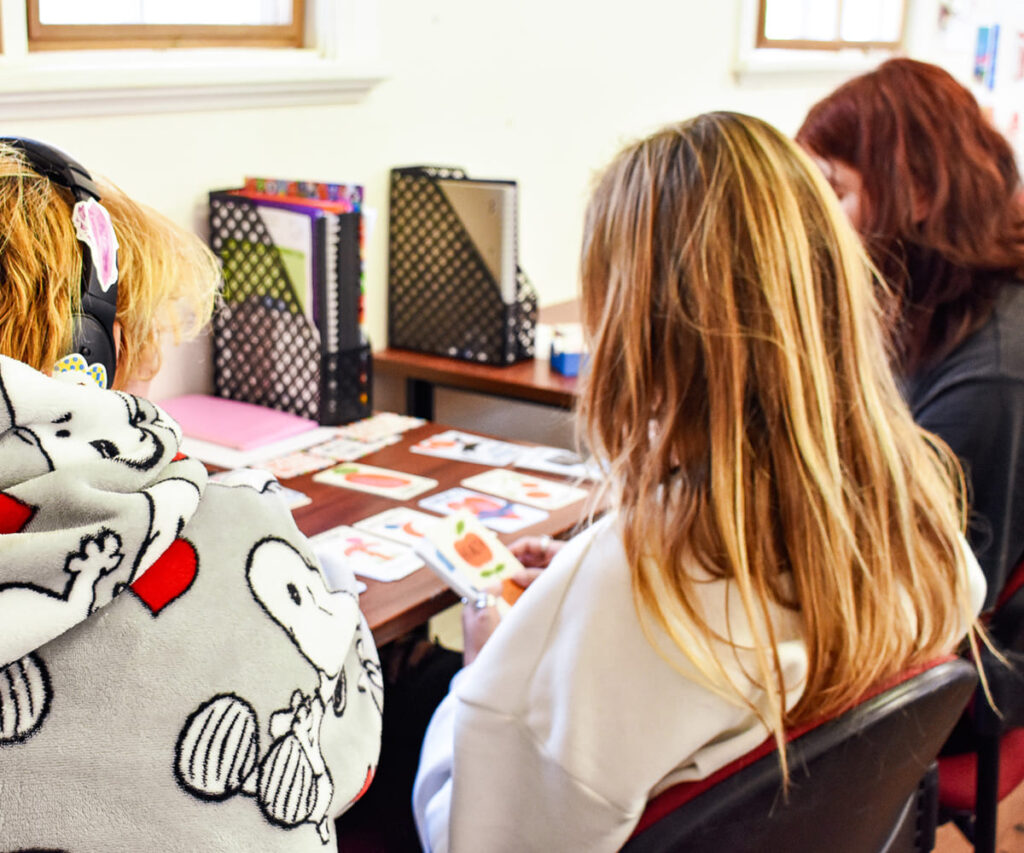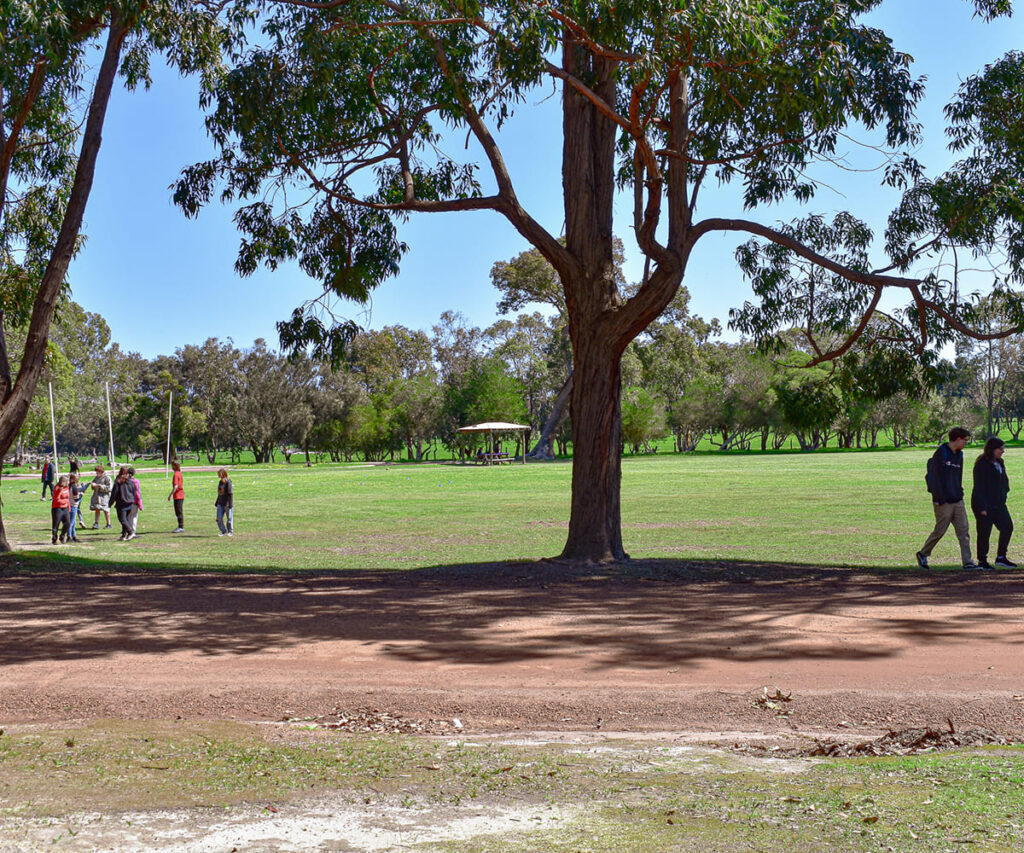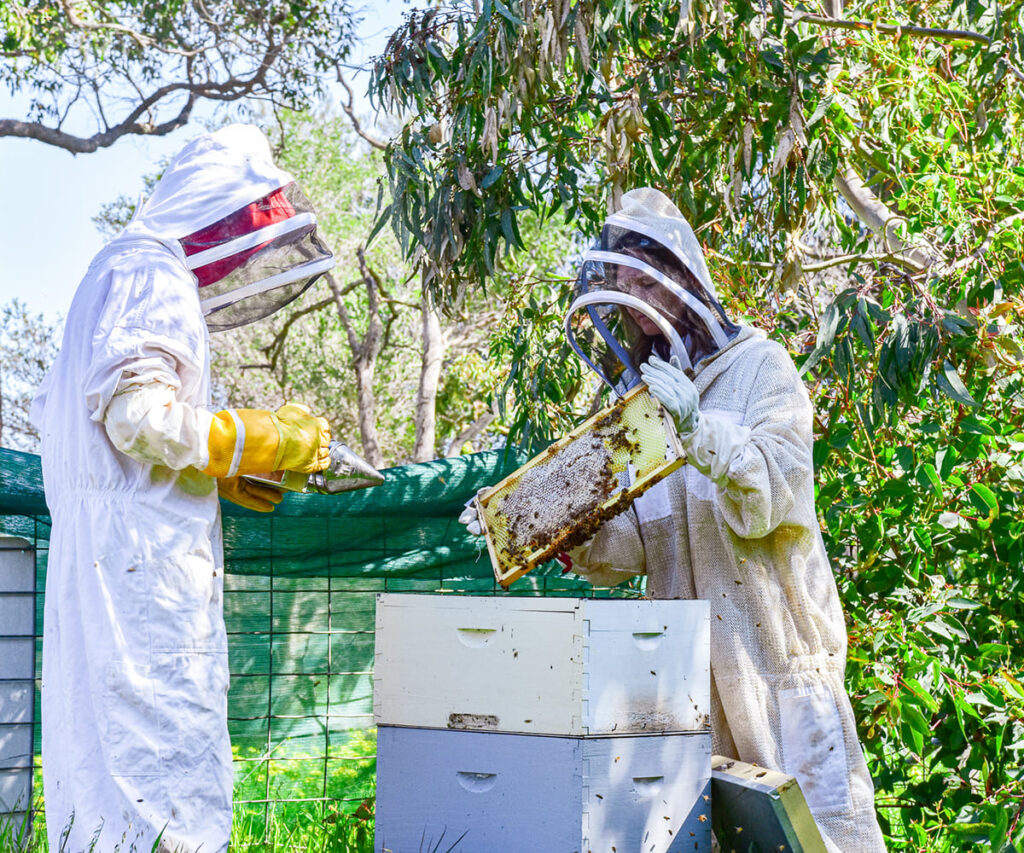The learning environment plays a bigger role in education than many people realise. From traditional classrooms to outdoor spaces, the setting in which students learn can significantly influence how engaged they are, how well they focus, and ultimately, how successful they become.
As schools and educational programs increasingly move toward student-centred education, the way we design and use learning spaces matters more than ever.

What Are Internal Learning Environments?
Internal learning environments refer to the traditional classroom setup most people are familiar with—desks, chairs, whiteboards, and technology, all within the four walls of a school building. These are structured, controlled settings designed for focused instruction and consistent routines.
While often associated with more conventional teaching styles, internal classrooms are still highly adaptable. When designed well, they support student-centred education by providing a safe, predictable space for students to express themselves, interact with peers, and access resources.
Benefits of Internal Classrooms
Internal environments offer several educational benefits, including:
- Consistency: Students know what to expect, which helps reduce anxiety and boost confidence.
- Access to Technology: Most internal classrooms are equipped with digital tools that support learning.
- Controlled Conditions: Weather, noise, and other distractions are easier to manage indoors.
- Focused Instruction: Teachers can deliver structured content without as many external interruptions.
However, this model also has limitations. Some students may find it difficult to stay engaged in the same environment all day. This is where external learning environments can provide a much-needed change of pace.
What Are External Learning Environments?
External classrooms can include outdoor learning spaces, natural settings, open fields, gardens, or even purpose-built structures like yarning circles, outdoor kitchens, or shaded learning decks. These environments break the mould of traditional education by encouraging movement, interaction with nature, and hands-on experiences.
Fairbridge Education makes excellent use of outdoor and alternative learning spaces, allowing students to engage in activities that go beyond books and screens. Whether it’s learning about biology through bushwalks or developing teamwork on a ropes course, external classrooms can turn abstract concepts into real-world lessons.
Benefits of External Classrooms
The advantages of learning in external settings are clear:
- Improved Engagement: Being outdoors often lifts students’ mood and attention span.
- Hands-On Learning: Physical environments support kinaesthetic and experiential learning.
- Social Development: Outdoor activities encourage collaboration, communication, and teamwork.
- Connection to Nature: Students learn to respect and understand their natural environment.
For many students, these spaces offer a fresh way to explore their strengths and grow their confidence—key components of student-centred education.

How the Environment Affects Student Engagement
Whether it’s an indoor lesson on fractions or an outdoor challenge that involves building shelters, the learning environment shapes how students engage with the material. In traditional classrooms, students often engage cognitively—processing, memorising, and analysing. In contrast, external environments offer more physical and emotional engagement.
Different students respond to different settings. Some may thrive in a quiet, structured classroom, while others come alive when given space to move, create, and explore. By offering a balance of internal and external classrooms, educators can cater to diverse learning styles and keep students motivated throughout the day.
Focus and Attention: Inside vs Outside
One of the biggest challenges in education today is maintaining students’ attention in a world full of digital distractions. Well-designed internal classrooms can support focus through thoughtful layouts, minimal distractions, and access to calming elements like natural light or soft seating.
On the flip side, external classrooms provide a release from the monotony of four walls, helping to reset students’ mental focus. Time spent outside—even just a lesson or two each week—can reduce mental fatigue, improve behaviour, and help students return to indoor lessons with renewed energy.
Academic Performance and Holistic Learning
There’s growing evidence to support the idea that learning environments directly impact academic achievement. A mix of internal and external spaces gives students a broader educational experience—one that includes critical thinking, collaboration, physical movement, and emotional regulation.
This holistic approach to education aligns perfectly with the goals of student-centred education, which aims to meet students where they are and support their growth in all areas—not just academics.
Building Resilience and Confidence
Learning outside the classroom walls often involves overcoming challenges—be it the unpredictability of weather, working as a team, or trying something new. These situations help students build resilience, problem-solving skills, and independence.
At Fairbridge Education, students take part in outdoor activities that aren’t just about fun—they’re structured to teach responsibility, leadership, and confidence. The change in scenery can shift a student’s mindset, helping them realise they’re capable of more than they thought possible.
Supporting Diverse Learning Needs
Another key benefit of blending internal and external learning environments is the ability to support students with different learning needs.
- Neurodiverse learners may find traditional settings overwhelming but flourish in more open, natural environments.
- Students with anxiety or trauma histories may benefit from the calming effect of nature.
- Hands-on learners can better retain information through activity-based tasks.
By offering both types of environments, educators give every student a better chance of success, regardless of their individual challenges or learning preferences.
Creating Flexible Learning Models
Interacting with animals helps students develop empathy, a crucial skill for both personal and professional life. When students care for animals, they learn to understand the needs and emotions of another living being, fostering a sense of compassion and kindness.
Schools that incorporate animal-assisted learning report that students demonstrate more respectful behaviour, increased patience, and a greater awareness of how their actions affect others. These qualities contribute to a more positive school culture and prepare students for future social and professional relationships.

A Balanced Approach for Better Outcomes
The best educational outcomes come from striking the right balance. Too much time indoors can lead to disengagement and restlessness, while too much outdoor activity without structure can lead to distraction. That’s why a well-rounded educational plan that includes both internal and external learning spaces is so effective.
Teachers who understand the strengths of each setting can make informed choices about where to hold lessons, how to manage student behaviour, and how to make the most of teachable moments—whether that’s during a maths lesson or while planting trees.
Final Thoughts
Learning environments aren’t just physical spaces—they’re tools that can either support or hinder student success. By embracing both internal and external classrooms, schools create inclusive, responsive environments that foster curiosity, resilience, and personal growth.
Student-centred education isn’t about choosing between desks or dirt paths—it’s about recognising that different students need different things at different times. Through thoughtful planning and the strategic use of learning spaces, educators can unlock each student’s potential and help them succeed, both academically and personally.
